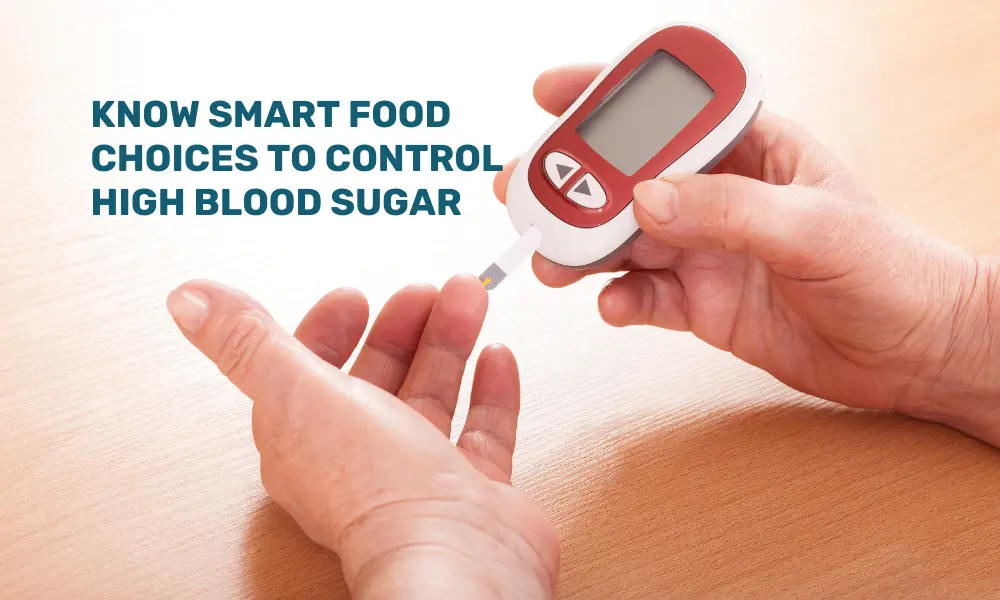Incidence of diabetes in children is on the rise, especially type 2 diabetes mellitus. While genetics and lifestyle may play a key role, early detection is vital for preventing serious complications. But the symptoms of diabetes in children are subtle and often get mistaken for other common ailments.
Here are four key signs of diabetes that often go unnoticed in children.
Tiredness
Weakness and severe tiredness are prominent signs of type 1 diabetes. Without adequate insulin, glucose cannot enter cells, starving them of energy and causing fatigue. This can manifest as lethargy, irritability, or difficulty concentrating. Often, parents mistake this for typical childhood behavior or lack of sleep. But that’s not always the case. If a child appears unusually tired or cranky without an apparent reason, it’s essential to consult a doctor.
Darkened areas of Skin
A lesser-known but critical symptom is the appearance of darkened areas on the skin, often found around the neck, armpits, or groin. These symptoms often go unnoticed. Dark patches of skin, also known as acanthosis nigricans, typically appear in the neck, armpits, or groin, and are a key indicator of insulin resistance, commonly associated with type 2 diabetes. People often mistake these thicker, rougher, and darker patches for poor hygiene or eczema, but that may not be the case.
Increased thirst and frequent urination
Type 2 diabetes develops gradually in children, and therefore, its symptoms are less noticeable. If your child feels thirsty all the time, even after drinking water, it could be a sign of type 2 diabetes. High blood glucose levels draw fluid from tissues, causing dehydration and leading to increased thirst. When the kidneys become overwhelmed by excess glucose, it is excreted through urine. This is the reason behind frequent trips to the bathroom.
Unexplained weight loss
If the child is eating well but still losing weight, it could be a cause for concern. Weight loss despite a normal appetite is a red flag for diabetes in children. In children with type 1 diabetes, the body cannot utilize glucose for producing energy due to insufficient insulin, so it breaks down fat and muscle, leading to weight loss. In the case of type 2 diabetes, insulin resistance can also cause similar effects, particularly in obese children.
Risk factors for type 2 diabetes
Certain factors do increase the risk of developing diabetes in children; these factors may include:
-
Being born to a mother who has gestational diabetes
-
Having a family history of type 2 diabetes
-
Being overweight, obese, having high blood pressure, or high cholesterol.
-
Having a less active lifestyle
If your child has any two of the risk factors listed above, discuss with your doctor the possibility of having their blood sugar tested. Testing typically begins at 10 years old or when puberty starts, whichever is first, and is repeated every 3 years.
As parents, it is important to help kids take preventive measures to reduce the risk of developing type 2 diabetes while they are young. Remember, healthy changes become habits more easily when everyone in the family adopts them together. Starting early can help kids develop a lifetime of healthy habits. Here are some tips to get started:
-
Proper water intake and reduced consumption of sugary drinks.
-
More fruits and vegetables should be included in children’s diet.
-
Make favorite foods healthier with swaps like whole grains, lean meats, and more vegetables
-
Before picking up any item in the supermarket, kids must read the food label and opt for healthier options.
-
Have meals together as a family at the dinner table rather than watching TV or using another device; this helps with mindful eating.
-
Encourage kids to get involved in preparing healthier meals.
-
Reward kids with praise instead of chocolate or ice cream.
-
Plan active outings, such as walking, hiking, or biking.
-
Children should get 60 minutes of physical activity a day (it doesn’t have to be all at once).
-
Physical activity should be made interesting and fun-filled.
-
Limit screen time where possible.
Early diagnosis can help manage the condition more effectively and improve a child’s long-term health outcomes. A simple blood or urine test can help identify if the child has diabetes. It is important to understand that an undiagnosed disease can cause serious damage.
Disclaimer: This article is meant for informational purposes only and must not be considered a substitute for professional advice.





